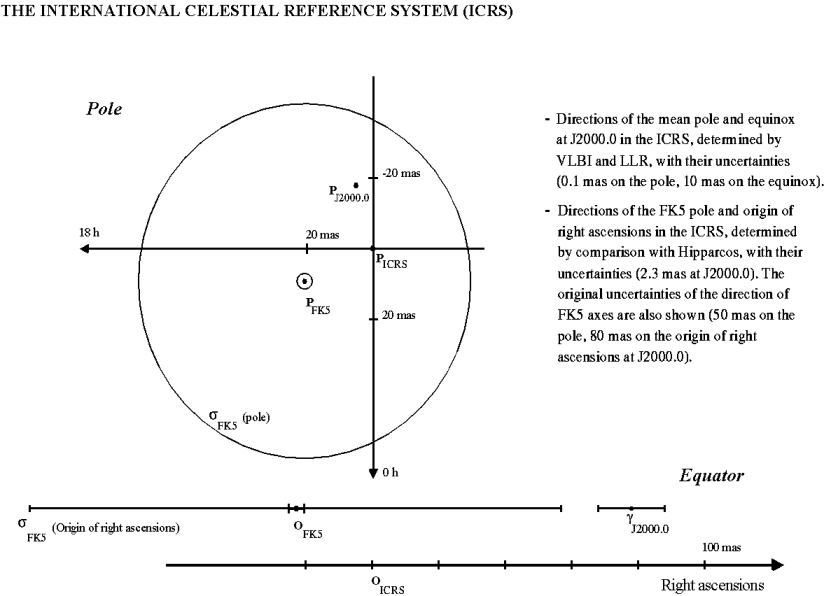
Fig. 1. Directions and mean poles in ICRS and FK5 (click to enlarge).
The VLBI analysis which permits to calculate radio source coordinates also provide corrections to the conventional IAU models for precession and nutation, thus leading to the accurate estimation of the shift of the mean pole at J2000.0 relative to its conventional position, to which the pole of ICRS is attached. One can estimate that the pole at J2000.0 is shifted from the ICRS pole by 17.3 ± 0.2 mas in the direction 12h and by 5.1 ± 0.2 mas in the direction 18h (IERS 1997).
The pole of ICRS is also consistent with that of FK5. Using the Hipparcos catalogue which includes all the FK5 stars, Mignard & Froeschle (1997) have derived the FK5 pole in ICRF with an uncertainty of a few mas. Assuming that the error in the precession rate is absorbed by the proper motions of stars, the uncertainty in the FK5 pole position relative to the mean pole at J2000.0 can be estimated to ±50 mas. The ICRS celestial pole is consistent with that of FK5 within the uncertainty of the latter.

The Ox axis of ICRS was implicitely defined in the initial realization of the IERS celestial reference frame (Arias et al. 1988) by adopting the mean J2000.0 right ascensions of 23 radio sources in a group of VLBI catalogues. These catalogues were compiled by fixing the right ascension of the quasar 3C273B to the usual conventional FK5 value (Hazard et al. 1971).
According to Mignard & Froeschle (1997) the FK5 origin of right ascensions is offset from the ICRS one by -22.9 mas. Considering the mean epoch of 1955 for the proper motions in right ascension, the uncertainty in the FK5 origin of right ascensions can be estimated in ±100 mas (Morrison et al. 1990, Lindegren et al. 1995). Comparing VLBI and LLR Earth orientation and terrestrial reference frames, Folkner et al. (1994) estimated the frame tie between the IERS celestial system and the JPL planetary ephemeris and concluded that the Ox axis of ICRS is offset from the mean equinox at J2000.0 by 78 ± 10 mas.